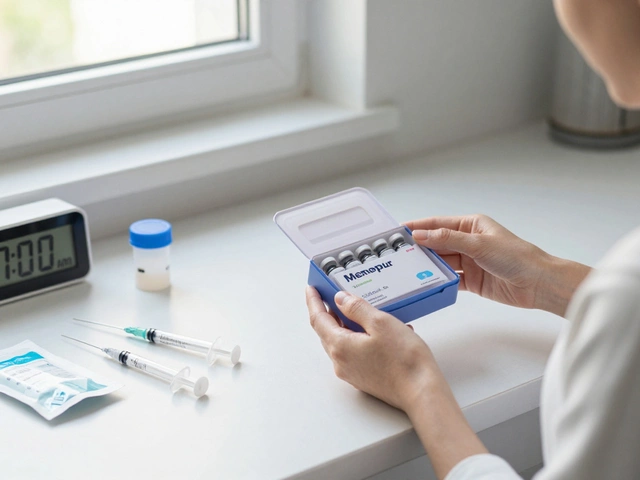Wondering how long you’ll be stuck in bed after knee replacement surgery? This article breaks down what to actually expect, from the first day to getting back on your feet. Learn the key milestones for rest and activity, discover what helps recovery at home, and get tips that real families use. Skip the confusion and find out what happens after you leave the hospital. Perfect for anyone planning surgery or helping a loved one recover.
Read MoreBed Rest: What It Is, When to Use It, and How to Make It Work
If you’ve ever been told to stay in bed after surgery or a flare‑up, you know the advice can feel vague. Bed rest isn’t just “lying down all day.” It’s a short‑term strategy to let your body heal without extra stress. In the right situation, it speeds up recovery, reduces pain, and prevents complications. The key is to know when it actually helps and how to use it wisely.
When Is Bed Rest Really Needed?
Doctors usually recommend bed rest for specific reasons:
- Post‑surgery recovery: After bone or heart surgery, lying flat for a few hours or days protects stitches and reduces strain on healing tissue.
- Acute spinal injuries: Immobilizing the spine can prevent further damage while the nerves settle.
- Severe infections or fevers: Rest helps the immune system focus on fighting the bug instead of powering daily activities.
- Pregnancy complications: In cases like pre‑term labor risk, doctors may ask expectant mothers to stay in bed to lower uterine pressure.
If you’re dealing with chronic back pain, arthritis, or a minor injury, prolonged bed rest can actually worsen stiffness. In those cases, gentle movement and physiotherapy are usually better. Always ask your doctor why they’re suggesting rest and how long it should last.
Practical Tips to Make Bed Rest Work for You
Staying in bed doesn’t have to mean boredom or loss of muscle tone. Here are some simple tricks that keep you comfortable and aid healing:
- Set up a “recovery zone”: Use pillows to support your head, back, and knees. A slight elevation can improve breathing and reduce swelling.
- Move in small bursts: If your doctor allows, sit up, swing your legs, or do gentle ankle pumps every hour. These micro‑movements keep blood flowing and prevent clots.
- Stay hydrated and eat right: Water, fresh fruits, and protein‑rich meals give your body the fuel it needs to repair tissue.
- Limit screen time: Too much TV can strain eyes and keep you sedentary. Instead, listen to podcasts, audiobooks, or guided meditations that promote relaxation.
- Track pain and progress: Keep a simple notebook. Note pain levels, any new symptoms, and how many minutes you’ve moved. This info helps your doctor adjust the plan.
Remember, bed rest is a tool, not a lifestyle. Most experts agree that a few days of proper rest, followed by a gradual return to activity, yields the best results. If you feel any sharp pain, numbness, or shortness of breath while resting, call your healthcare provider immediately.
By understanding why bed rest is prescribed and following these practical steps, you can turn a short period of immobility into a smooth stepping stone toward a pain‑free life.





